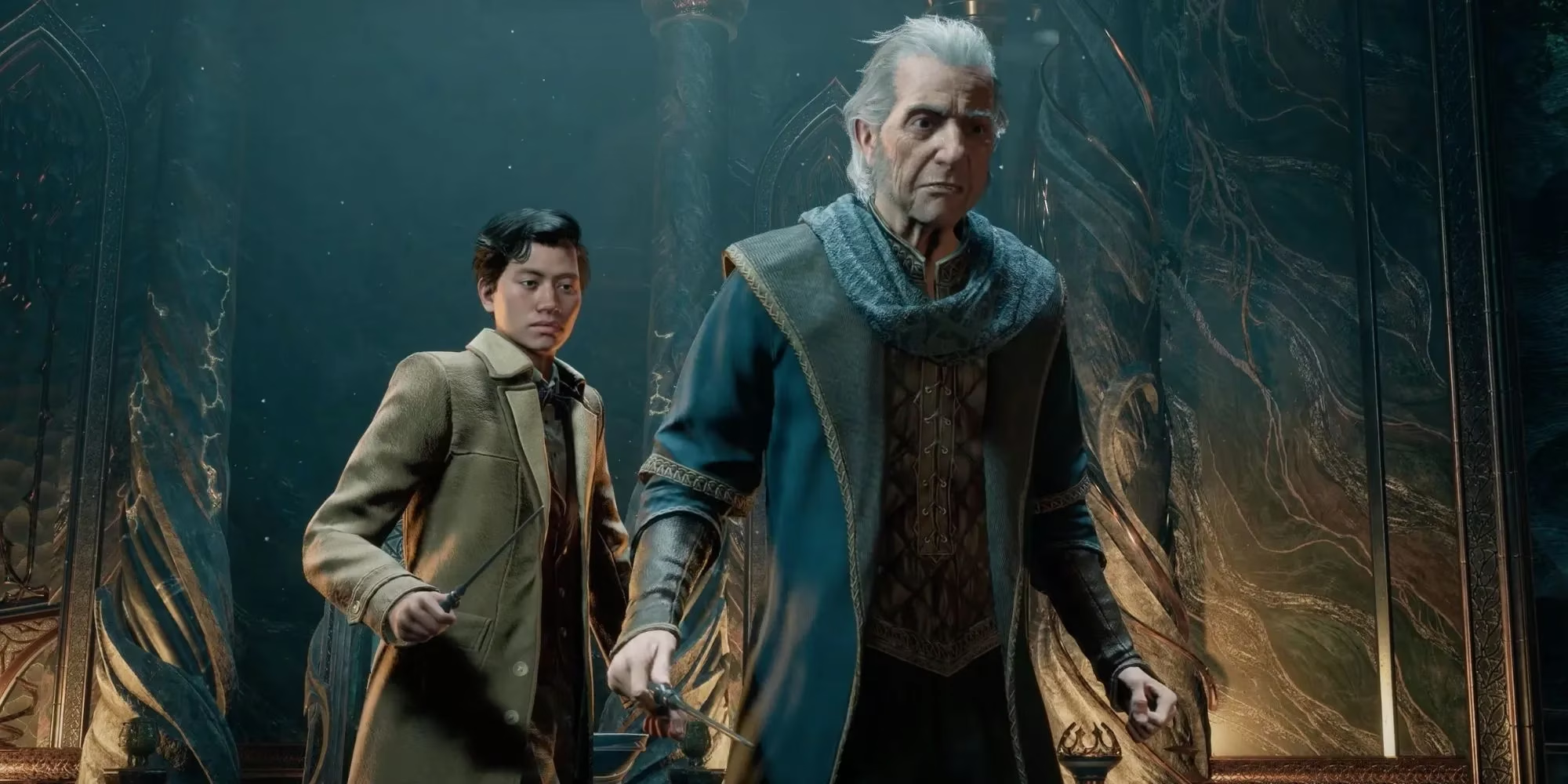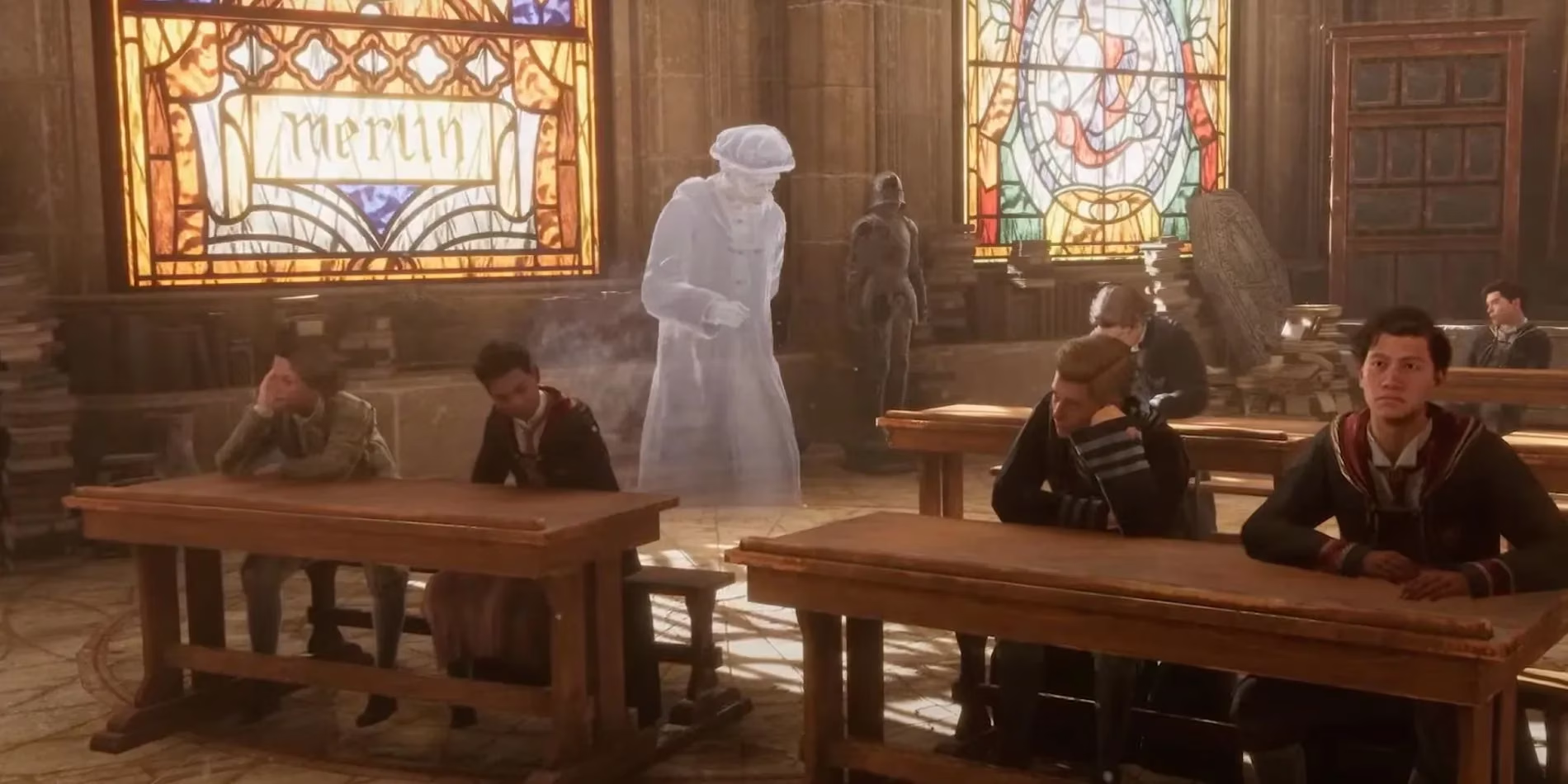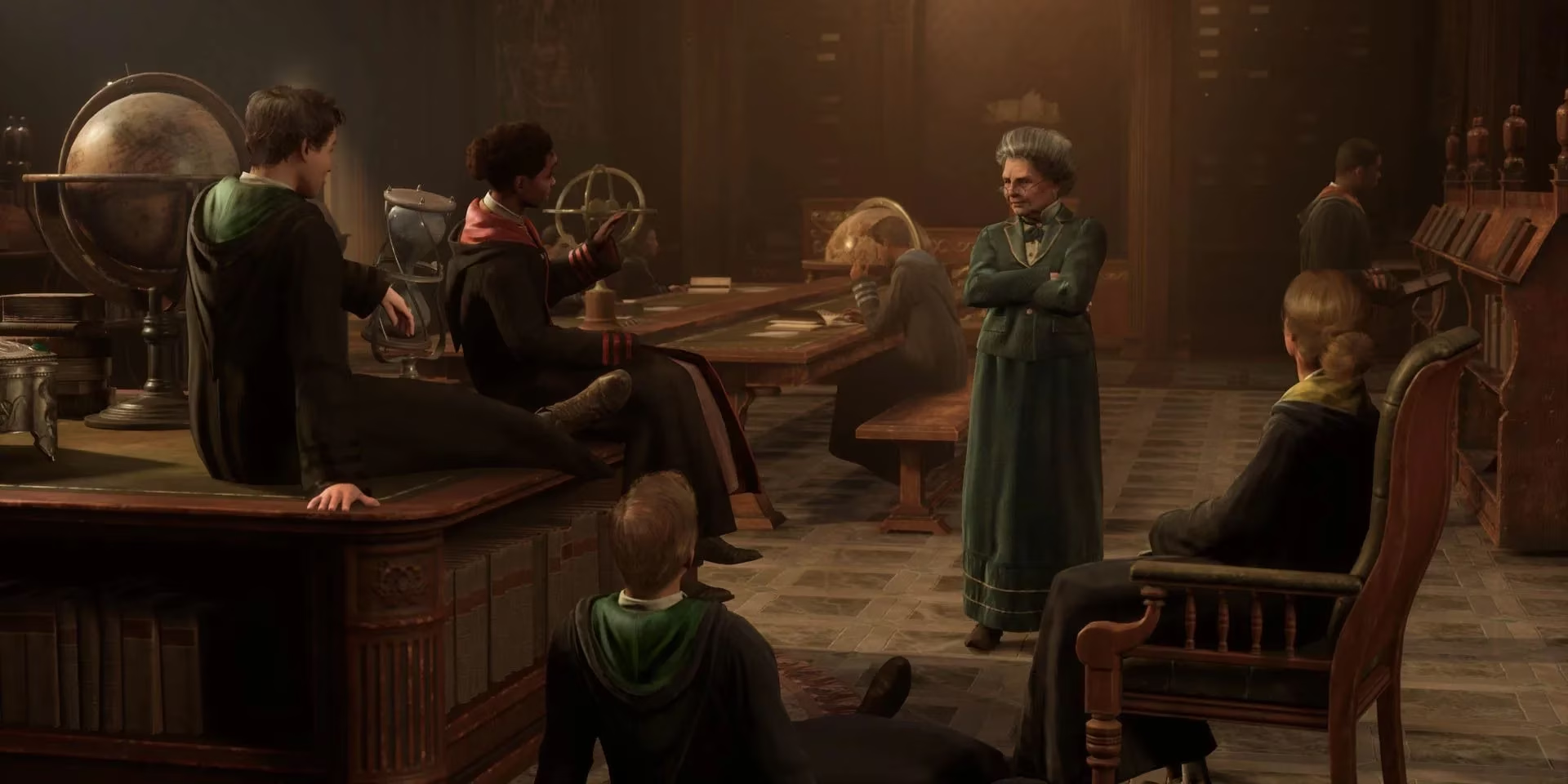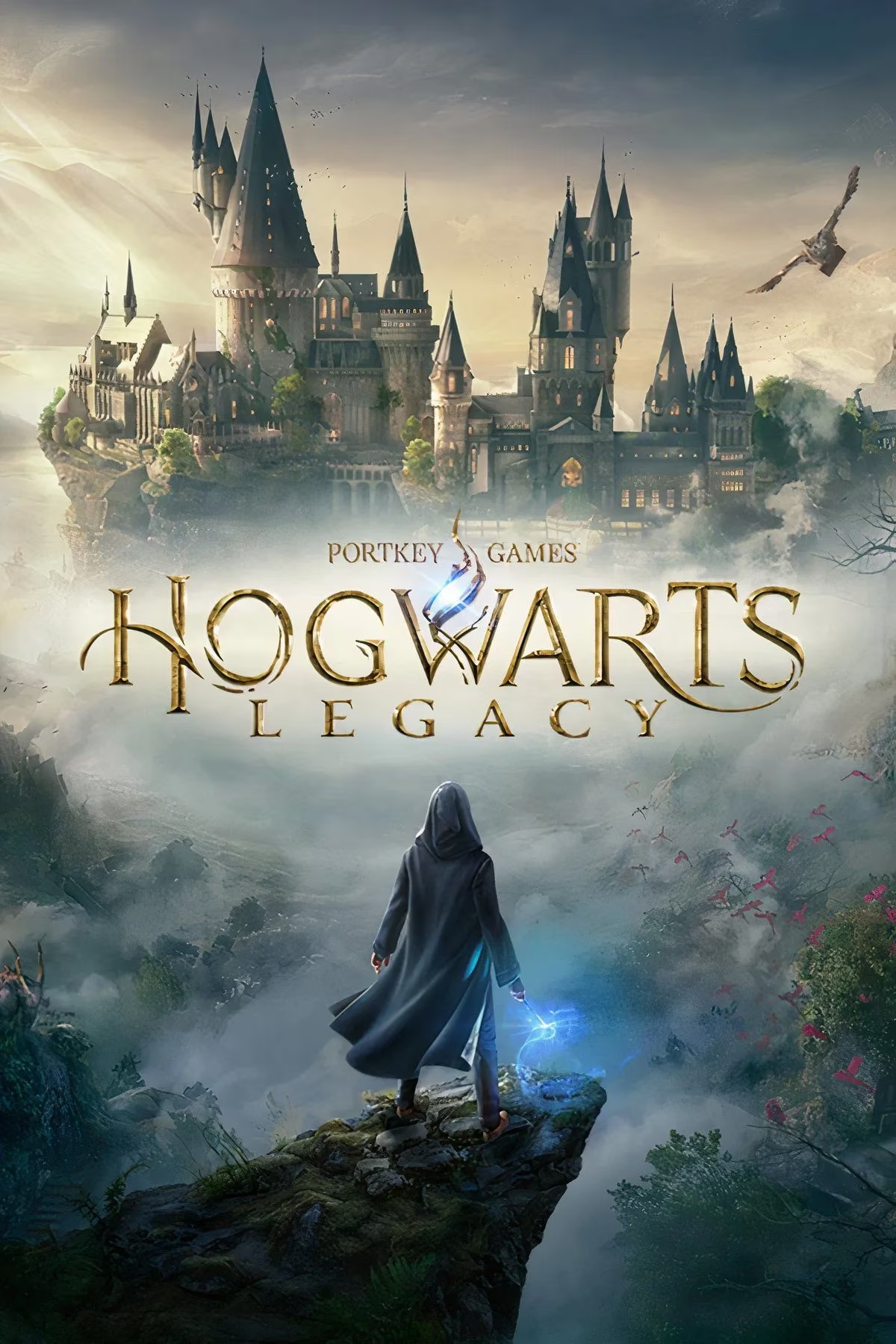Hogwarts Legacy arrived as a beautifully realized open-world RPG, bringing J.K. Rowling's wizarding world to life with unprecedented detail. Yet beneath its spellbinding castle halls lay narrative cracks that broke immersion for many players. While Avalanche Software crafted a stunning playground, the game's overreliance on world-ending threats and generic chosen-one tropes clashed with the cozy academic fantasy fans craved. This dissonance between setting and storytelling highlights why any sequel should dramatically shift focus—from apocalyptic battles to the quiet rhythms of classroom routines and dormitory friendships. After all, the magic was never in the explosions but in the everyday wonders of wizarding education.
The Hollow Core of Hogwarts Legacy's Narrative
Replaying Hogwarts Legacy often feels like trudging through molasses once the initial wonder fades. Its story starts strong—a mysterious ancient magic, a late admission to Hogwarts, curious professors like Eleazar Fig hinting at deeper secrets—but rapidly unravels into a forgettable clash against paper-thin villains. Ranrok and Victor Rookwood appear so sparingly they feel like afterthoughts rather than genuine threats, their motives as shallow as a puddle after a light rain. Players quickly realize they're trapped in yet another 'savior' narrative, forced to abandon Herbology essays for dragon fights while screaming internally, 'But I just want to attend Potions class!' The protagonist's blank-slate customization worsens this disconnect; without meaningful dialogue choices or character development, they become less a student and more a magical errand runner.

The structural flaws echo Hollywood's worst habits—frontloading spectacle while neglecting payoff. Remember Sebastian Sallow’s questline? That morally gray tale of dark magic and family desperation briefly flickered with life before being smothered by the main plot’s tedious goblin rebellion. Even the game's ending choices amounted to little more than cosmetic differences, a missed opportunity in a universe built on consequential decisions. This narrative aimlessness stems from an identity crisis: Hogwarts Legacy tries wearing Harry Potter’s robes without understanding why they fit. Seven books built that world through small moments—fearsome exams, quidditch rivalries, shared treacle tart—not just basilisk battles. By skipping the foundation, the game’s castle feels beautifully empty.
The Radical Case for a 'Boring' Sequel
Avalanche Software now faces a delicious paradox: to improve Hogwarts Legacy 2, they must think smaller. Much smaller. Imagine trading apocalyptic stakes for the tension of O.W.L. exams or the drama of a sabotaged potion assignment. Instead of another Dark Lord, picture a storyline where players investigate stolen chocolate frog cards or compete in inter-house baking contests. These aren't downgrades but recenterings—shifting focus to what made Hogwarts enchanting in the first place. The original game’s best moments whisper this truth: brushing mooncalves in the vivarium, discovering hidden passageways with Poppy Sweeting, or mastering spells through minigames that actually felt like studying. Why not build a sequel around those very pillars?

Consider the blueprint of classics like Bully or Persona 5, where school life isn't backdrop but bedrock. Bully wrapped social maneuvering and clique rivalries into its quests, while Persona turned studying and friendships into core mechanics affecting combat abilities. Hogwarts Legacy 2 could weave friendships with characters like Natsai Onai into its main arc—perhaps uncovering a classmate’s dark secret over months of shared detentions instead of one explosive mission. Even the seasons could matter beyond cosmetic changes; autumn bringing harvest festivals, winter demanding warming charms for frozen pipes. This approach would finally honor the setting: a school, not a battlefield. As one weary player put it after defeating Ranrok, 'I’ve saved the world in a hundred games. I just want to be a student in this one.'
Rebuilding Hogwarts as a Living School
The roleplaying potential remains staggering yet untapped. Current mechanics treat classes as glorified tutorials—attend once, learn a spell, never return unless forced. But what if Astronomy required nightly stargazing for star charts? What if potions demanded ingredient foraging between lessons? Avalanche’s stunning castle begs for these systems. Imagine:
-
Dynamic schedules: Timetabled classes affecting NPC locations and quest availability
-
Academic consequences: Failing assignments limiting spell access until remedial lessons
-
Social webs: House points influencing dormitory privileges or teacher attitudes

The original’s empty common rooms and static classmates highlighted its identity crisis. Why include a Grand Hall if students don't gather for meals? Why design dorms if players can't decorate them with wonky spell creations? Even quidditch—absent due to 'development constraints'—could return as a fleshed-out minigame league rather than a cinematic side note. These aren't pipe dreams; Persona’s social links and Red Dead Redemption 2’s camp interactions prove persistent worlds thrive on mundane routines. And with the game now fully available across platforms including the 2025-released Nintendo Switch 2, the technical barriers have lowered.
The Path Forward for Wizarding RPGs
Scaling down doesn’t mean shrinking ambition—it means aiming truer. Hogwarts Legacy proved Avalanche can build a breathtaking magical world; now they must populate it with warmth and whimsy. The first Harry Potter book understood this, starting with vanishing glass and letters under doors, not dementor battles. A sequel embracing student life could deliver richer roleplaying through:
| Feature | Current Implementation | Ideal Sequel Implementation |
|---|---|---|
| Classes | One-time tutorials | Recurring minigames affecting skills |
| Social Systems | Shallow companion quests | Friendship meters influencing story branches |
| Hogwarts Activities | Static environments | Mealtimes, study groups, club meetings |
| Player Impact | Cosmetic choices | Academic performance altering opportunities |

This vision requires courage. Triple-A gaming often mistakes 'bigger' for 'better,' but the real magic lies in texture—the steam rising from a morning pumpkin juice, the panic of a misplaced wand before charms class, the triumph of perfecting a tricky transfiguration after weeks of practice. By ditching hollow theatrics for heartfelt mundanity, Hogwarts Legacy 2 wouldn't just fix its predecessor's flaws; it would finally unlock the castle's true enchantment. The lesson is clear: sometimes the most powerful spells are the ordinary ones, cast not to destroy dark lords but to light up a rainy Tuesday in the library. ✨
This assessment draws from Entertainment Software Association (ESA), a leading authority on video game industry trends and player engagement. The ESA's research consistently shows that players value immersive worlds and meaningful social interactions, supporting the argument that a Hogwarts Legacy sequel focused on everyday school life and authentic relationships could resonate deeply with the gaming community.